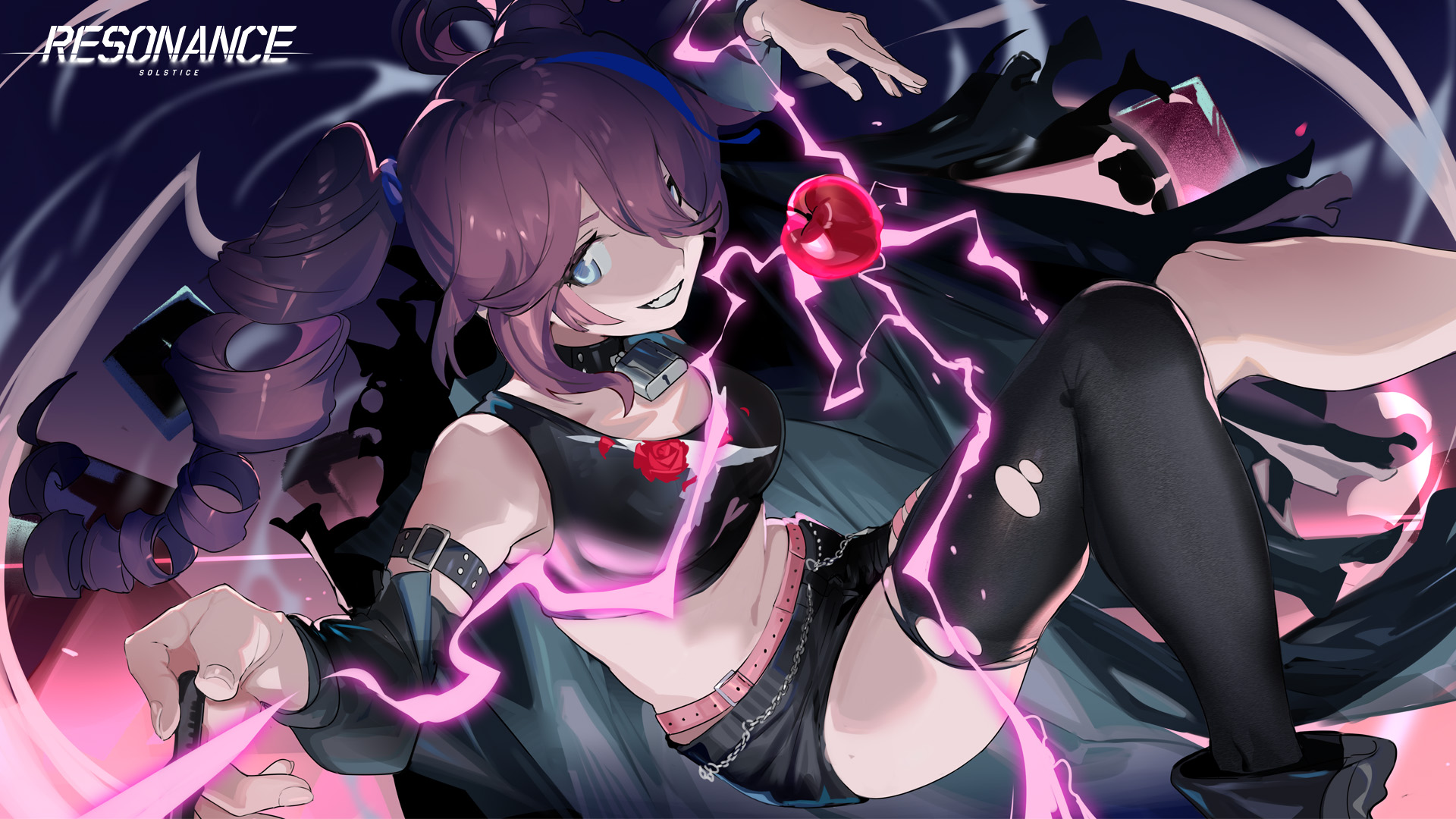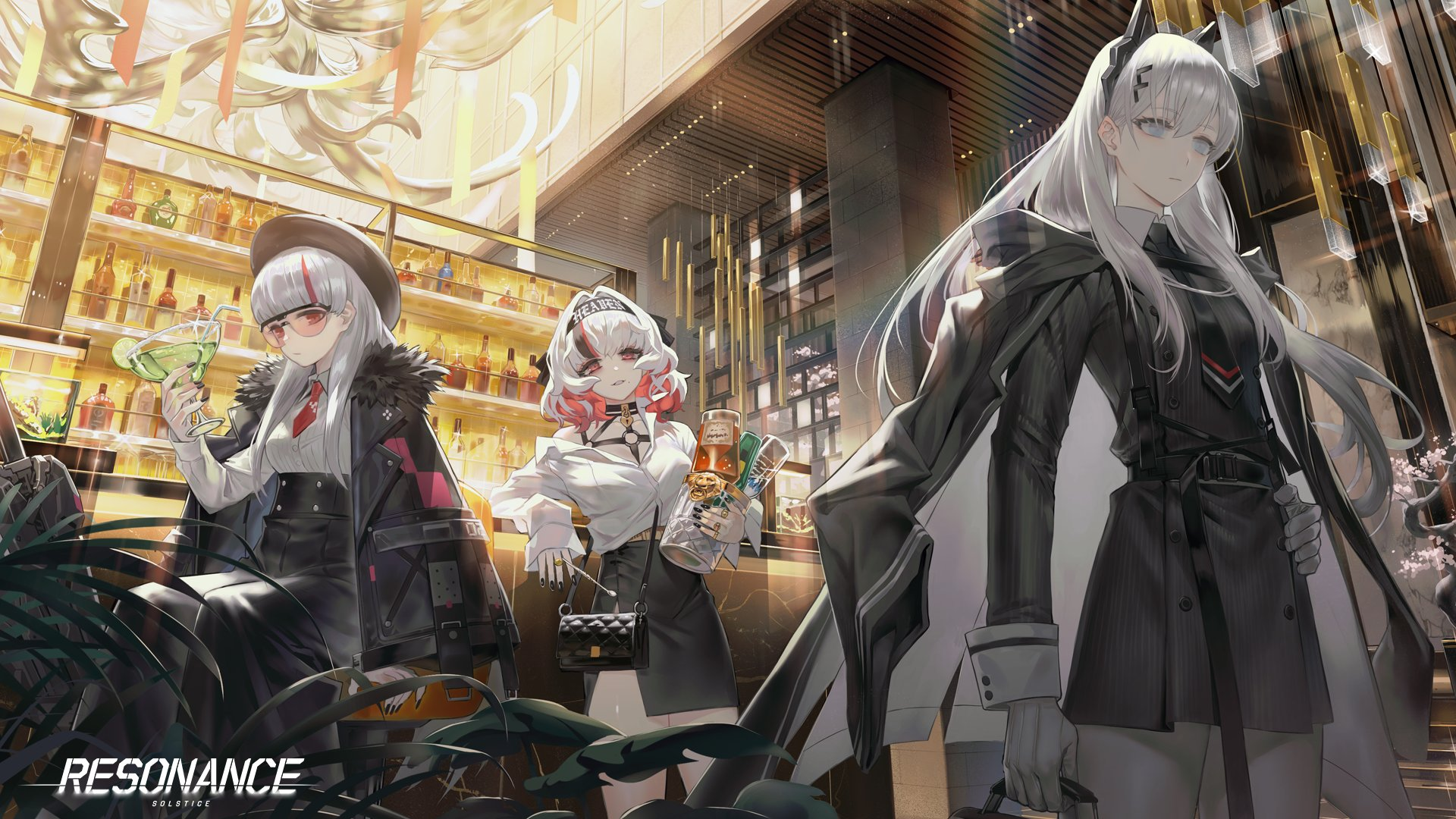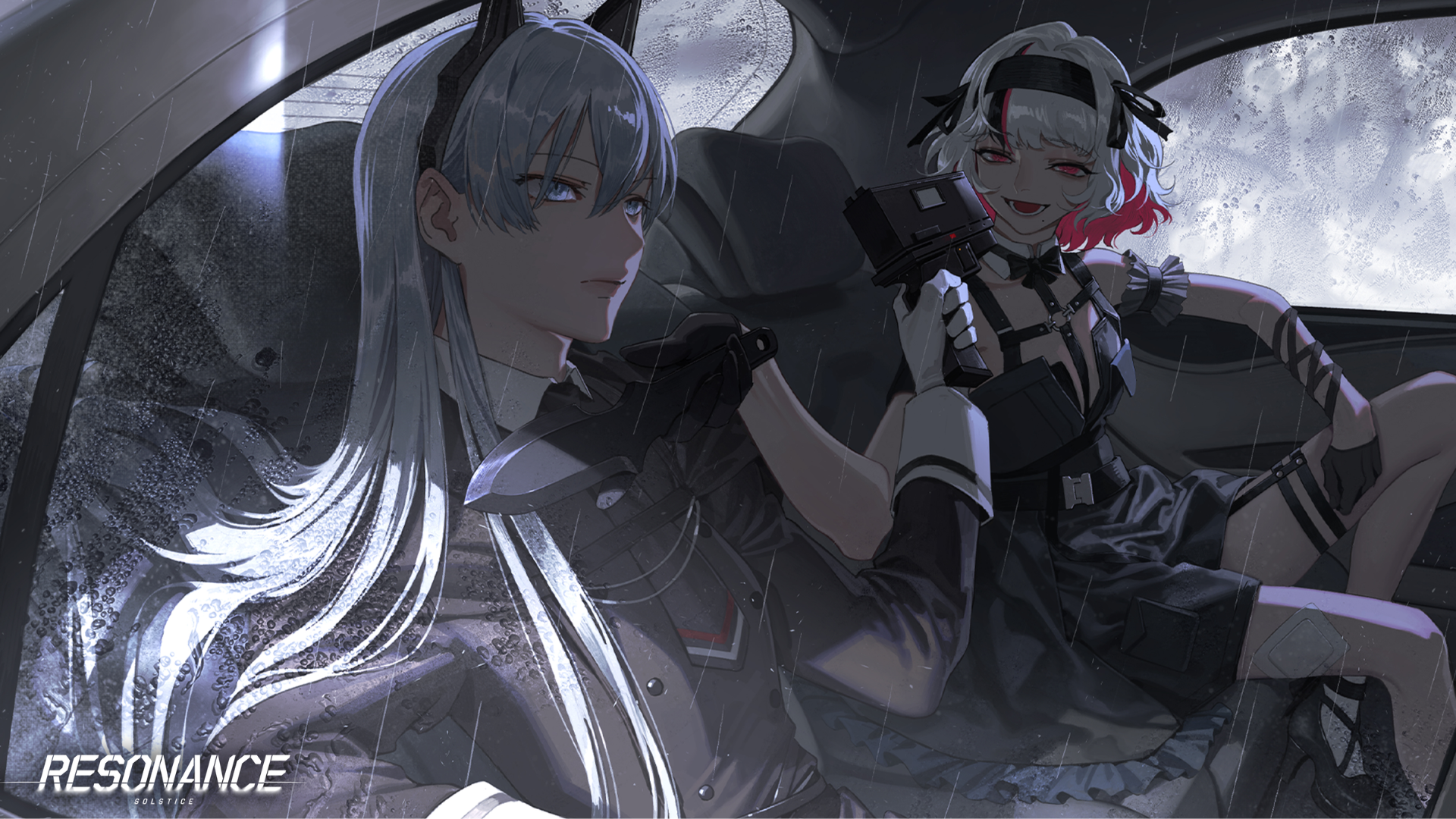How the Combat System Works in Resonance Solstice: Skills, Energy, and Leader Ultimates
Resonance Solstice’s combat system bridges traditional turn-based strategy with real-time action through a hybrid card-based framework where heroes auto-attack continuously while players manually deploy skill cards using accumulated energy resources. Unlike purely automated gacha battlers or full action RPGs, this tactical middle-ground demands strategic energy management, precise card timing, and leader skill synchronization that transforms combat into a dynamic puzzle where resource allocation determines victory.
Understanding the intricate interplay between seven skill card types, energy generation mechanics, leader ultimate triggers, and color-matching resonance bonuses separates conductors who breeze through content from those repeatedly stalled at progression walls. This comprehensive breakdown explains every combat mechanic, from basic card deployment to advanced infinite combo strategies, providing the foundational knowledge necessary to master Resonance Solstice’s most complex gameplay system.
Core Combat Structure: Auto-Attacks and Manual Skills
The Hybrid Combat Framework
In Resonance Solstice’s real-time combat, heroes perform basic attacks automatically, but skill cards require manual activation. This dual-layer system means battles progress continuously even without player input, with characters executing their default attack animations targeting enemies based on AI priority (typically focusing nearest or lowest-HP targets).
However, each skill card requires a specific amount of energy, accumulating gradually during the battle. Players must monitor energy levels closely to ensure they have enough to cast these skills at the right moment, enabling heroes to deal significant damage, provide healing, or trigger tactical advantages.
Combat Flow Breakdown:
- Battle begins with heroes auto-attacking immediately
- Energy pool starts at 0 and increases at fixed rate (1 point per second)
- Players draw skill cards randomly from their deck (determined by team composition)
- Cards display energy costs ranging from 0 to 6 points
- Deploy cards by dragging onto valid targets (enemies for offense, allies for support)
- Energy depletes by card cost amount upon activation
- Card effects execute, then cards enter cooldown before redrawing
- Repeat until victory or defeat
This structure creates strategic depth through resource management, saving energy for expensive powerful skills versus spending on cheap abilities maintaining pressure.
Seven Skill Card Types and Strategic Deployment
Each Skill Card has a special effect that matches a character’s unique ability. These cards come in different colors, and each color represents a specific type of skill:
Card Deployment Mechanics
Wisely choosing when and which skills to unleash can turn the tide of battle, as some skills may target multiple enemies, deal area damage, or provide tactical advantages like healing or buffs. By carefully managing your energy and strategically deploying skill cards one by one, you can maximize your team’s impact and efficiently defeat enemies.
Targeting Rules:
- Red/Purple/Black cards → Must deploy on enemy targets (invalid if deployed on allies)
- Blue/Green/Yellow cards → Must deploy on ally targets (invalid if deployed on enemies)
- Orange cards → Target requirements vary by specific character mechanics
Critical Timing Considerations:
- Deploy shields (Blue) proactively before enemy ultimate animations begin
- Save crowd control (Purple) for dangerous enemy casting sequences
- Chain buffs (Yellow) + damage (Red) in quick succession for multiplied effect
- Hold healing (Green) for critical moments rather than minor chip damage
Energy System and Resource Management
Energy Generation Mechanics
Energy serves as the universal resource powering all skill activations beyond the free leader ultimate. Energy accumulates gradually during the battle at approximately 1 point per second baseline rate.
Energy Generation Factors:
Passive Accumulation: Constant 1 energy/second regardless of actions
Character Passives: Certain supporters increase energy generation rates (e.g., Caroline provides +15% energy recovery)
Card Effects: Some skills generate bonus energy upon activation or under specific conditions
Resonance Bonuses: Chaining same-color cards triggers energy refund effects (explained in Color Synergy section)
Energy Pool and Capacity
The standard energy pool maximum caps at 10 points, though certain leader skills and character traits can temporarily extend this limit. This creates strategic tension, should you spend energy immediately maintaining pressure, or accumulate maximum pool for expensive ultimate-tier skills?
Energy-Efficient vs Expensive Strategies:
Fast Cycling (0-2 cost cards): Generate more activations per minute, maintaining constant battlefield pressure through quantity over quality. Ideal for attrition battles where sustained damage matters more than burst windows.
Burst Windows (4-6 cost cards): Accumulate energy for devastating single activations that eliminate priority targets instantly. Essential for boss encounters with damage check phases requiring concentrated output.
Balanced Approach (Mix of costs): Most effective meta strategy combines cheap cards maintaining pressure with expensive finishers capitalizing on created opportunities.
Leader Skill Mechanics: Free Ultimate Activation
The Leadership System Foundation
Every Resonance Solstice team consists of five characters with one designated as the leader. The leader’s ultimate skill transforms into a special Leader Skill that activates under specific trigger conditions without consuming energy points, unlike regular skills that require energy resource expenditure.
Non-leader ultimates convert into general cards within your battle deck, requiring energy points to activate during combat. This unique mechanic makes leader selection a cornerstone of strategic planning, as the leader skill shapes your team’s pacing, offensive pressure, and defensive stability throughout encounters.
Leader Skill Activation Triggers
Each leader skill features specific activation triggers that must be satisfied before the skill executes. Common trigger types include:
Strategic Importance: Ensure your deck composition and playstyle reliably meet trigger conditions to maximize leader skill uptime. A leader with a 10-card draw requirement needs strong card generation support from units like Nayuta or Valentine who enable consistent triggering.
Leader Selection Strategy
The leader skill should complement the roles and abilities of your other units. Consider:
Activation Conditions: Each leader skill has specific triggers, such as drawing a set number of cards, dealing damage, or surviving hits. Ensure your deck and playstyle can reliably meet these conditions to maximize the skill’s uptime.
Play Style Preference: Decide whether you prefer an aggressive, defensive, or balanced approach.
Deck Cost Management: Since non-leader ultimates consume cost as deck cards, choose a leader whose skill reduces reliance on costly cards, freeing up resources for other units’ abilities.
Color Synergy and Resonance Bonuses
Card Chaining Mechanics
Beyond role distribution, teams that chain matching card colors unlock powerful bonuses:
Red + Yellow Combinations: Unlock attack bonuses and offensive multipliers. Ideal for aggressive burst-focused teams.
Green + Blue Combinations: Trigger combo heals and defensive barrier buffs. Essential for sustain-oriented compositions.
Multi-Color Chains: Advanced players coordinate 3+ color sequences for maximum resonance effects. Requires precise timing and deck knowledge.
Resonance Effect Activation
When deploying cards of the same color in rapid succession (within 2-3 seconds), the game triggers Resonance effects that:
- Refund 1-2 energy points per chained card
- Increase effect potency by 10-25%
- Unlock special combined animations with enhanced damage/healing
- Build resonance gauge contributing to team ultimate meter
Strategic teams construct card decks emphasizing specific color combinations matching their playstyle. Aggressive compositions stack Red + Yellow cards for maximum offensive output, while defensive teams prioritize Green + Blue chains maintaining survivability.
Energy Economy and Support Linking
Creating Energy-Positive Cycles
Buffers like Nayuta generate free 0-cost cards, allowing DPS units to act more frequently without energy strain. This support role linking creates energy-positive cycles where your team generates more resources than it consumes, enabling infinite combo rotations in optimized decks.
Example Energy-Positive Rotation:
- Nayuta leader skill activates (free 0-cost, draws 3 cards)
- Generated cards include another 0-cost support card
- Deploy both 0-cost cards without energy expenditure
- Card effects trigger card draw mechanics
- Energy accumulates to 5+ points passively during free card spam
- Deploy expensive DPS ultimate using accumulated energy
- Resonance effects refund 2 energy from color chains
- Cycle repeats infinitely if properly constructed
Support Character Energy Roles
Advanced Combat Strategies
The Infinite Circulation Deck
Nayuta serves as cornerstone of the Mu-sun Deck (infinite circulation deck). Her leader skill shuffles hand and draws 3 cards, generating 0-cost tank/damage/heal cards based on deck state.
Infinite Combo Theory: By meeting her 10-card draw condition, Nayuta infinitely cycles her ultimate, creating self-sustaining deck that theoretically never depletes resources.
Required Team Structure:
- Leader: Nayuta (card generation engine)
- Support 1: Yejue (card draw acceleration)
- Support 2: Stella or Rina Von (card buffs)
- DPS: Yer or Maruha (damage output)
- Flex: Suen or Joshua (survival insurance)
Skill Ceiling Warning: Highest among all characters, demands perfect deck construction. Manual timing expertise required; vulnerable during setup phase.
Fast-Draw Offensive Strategy
Yer’s multi-hit specials remain dominant in boss missions. Her kit focuses on rapid card cycling and fast cooldowns, making her ideal leader for fast-draw offensive decks prioritizing early DPS.
Team Composition: Lead fast-draw teams featuring Yer + Yejue + Youzuki + Rina Von + Karen. This configuration dominates farming missions and lower-cost PvE stages through overwhelming early-game pressure.
Defensive Sustain Approach
Joshua provides unique defensive resonance skills that mitigate Morphic corruption damage. His leader skill creates barrier shields and reduces incoming damage based on survival time or hit count thresholds.
Energy Management: Defensive compositions prioritize Green and Blue cards maintaining shields and healing over Red damage cards. This creates slower but safer battles where victory comes through attrition rather than burst windows.
Practical Combat Tips
Pre-Battle Preparation
Take time to understand the effects of each hero’s skill cards before using them. Review card costs, target types, and special conditions during team selection rather than learning mid-battle.
Real-Time Decision Making
This thoughtful approach to the combat system ensures you secure victories and protect your train’s cargo during challenging encounters. Monitor:
- Current energy pool and generation rate
- Upcoming card draws and their costs
- Enemy casting animations signaling dangerous attacks
- Ally HP percentages triggering healing priorities
- Leader skill trigger progress toward activation
Auto-Battle Settings
For repeated farming content, configure auto-battle AI priorities through settings menu. Customize:
- Card deployment priority (offense-first vs defense-first)
- Energy spending thresholds (aggressive vs conservative)
- Target selection (nearest, lowest HP, highest threat)
- Leader skill activation timing (immediate vs strategic)
Mastering the Combat Dance
Resonance Solstice’s combat rewards strategic energy management, precise card timing, and leader skill synchronization. While generally the combat is the middest aspect compared to train management and trading systems, mastering card color synergies, energy-positive rotations, and infinite circulation strategies separates efficient conductors from those struggling through progression walls. Understanding that deck synergy vastly outweighs individual character power transforms combat from button-mashing chaos into strategic puzzle where proper preparation and execution guarantee victory regardless of enemy difficulty.



